(1439 products available)






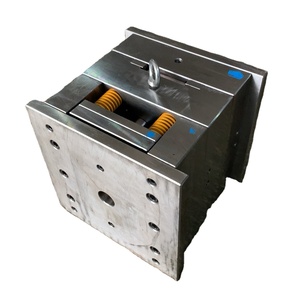





















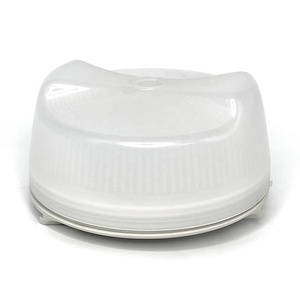


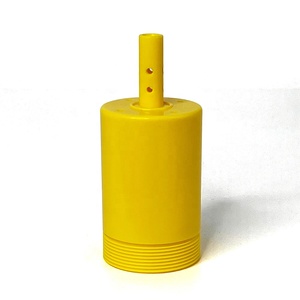
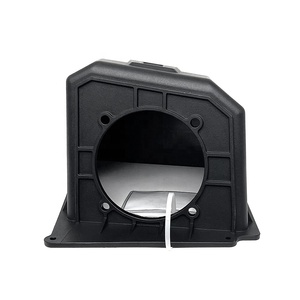


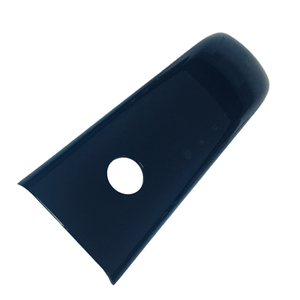
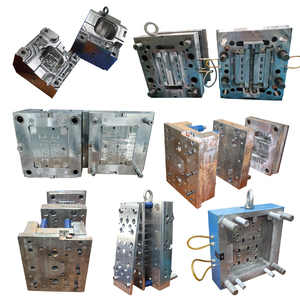

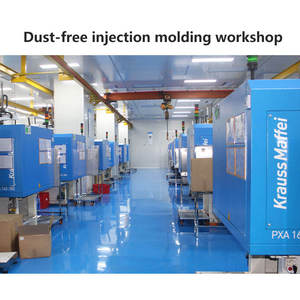


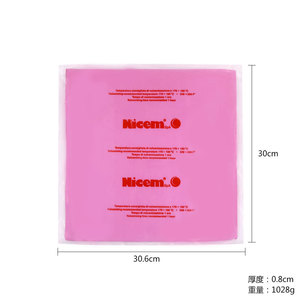










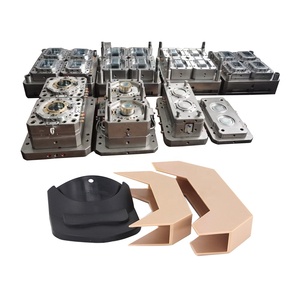
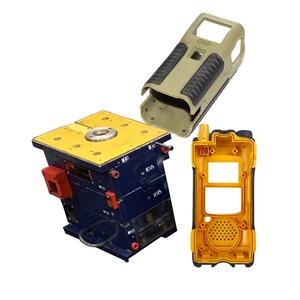
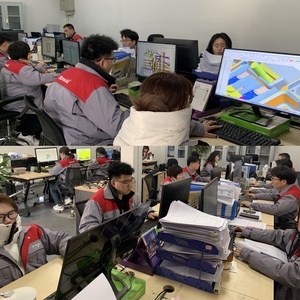



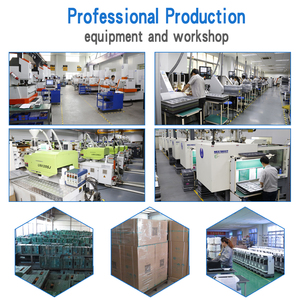
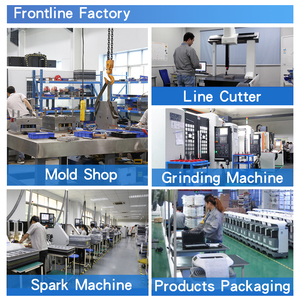


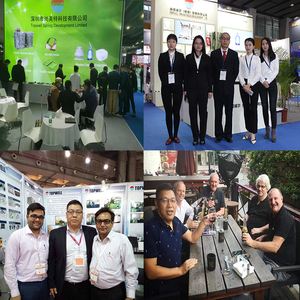

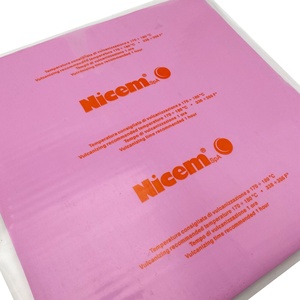
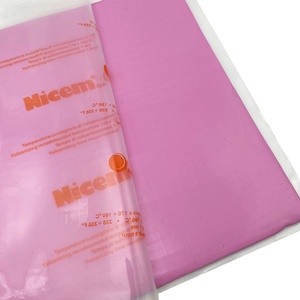




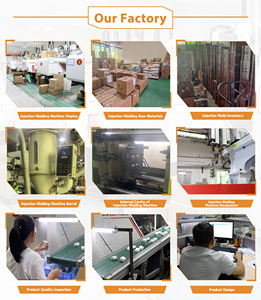
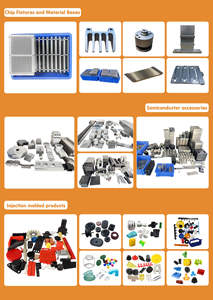





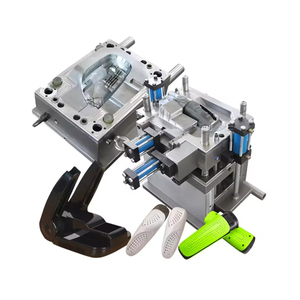
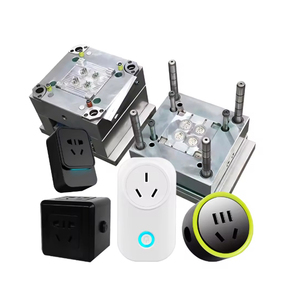






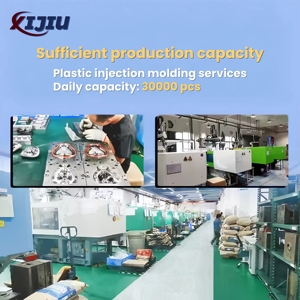








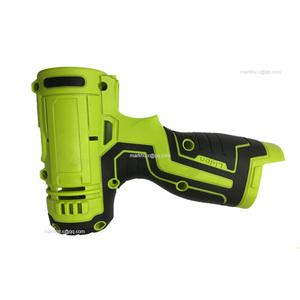
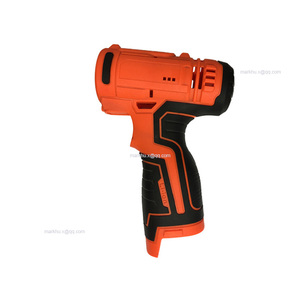


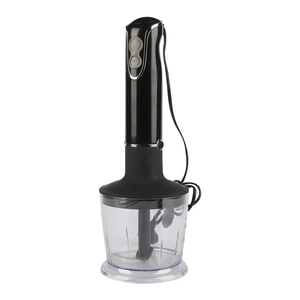






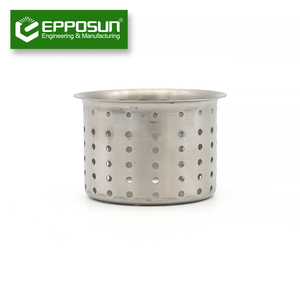




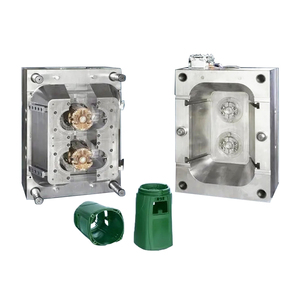

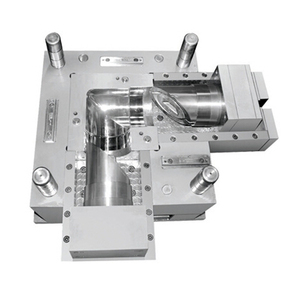

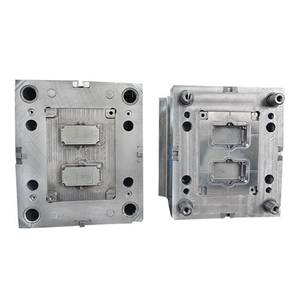

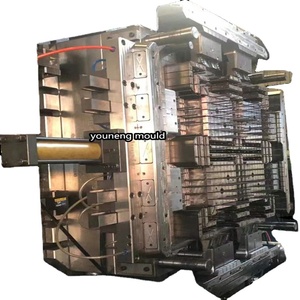






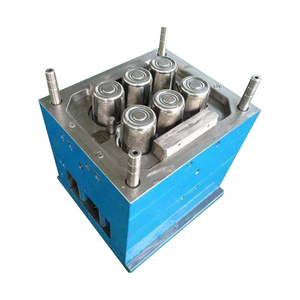






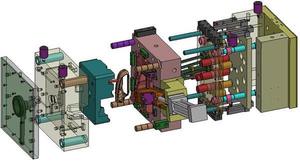

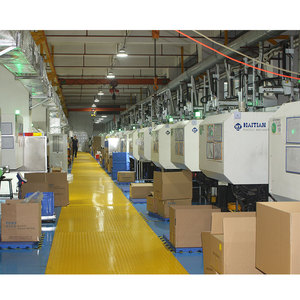



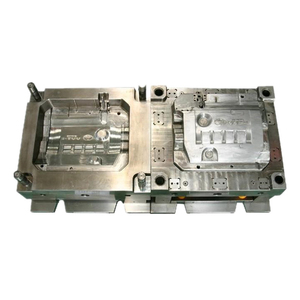

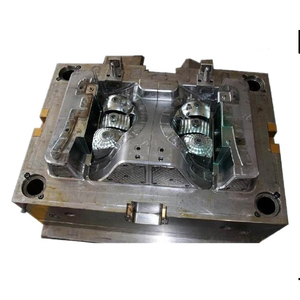
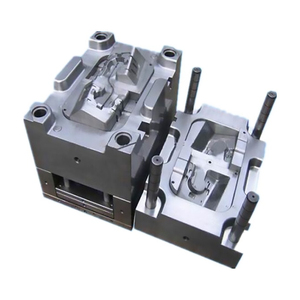
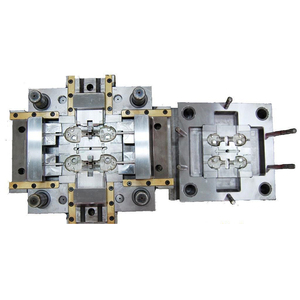













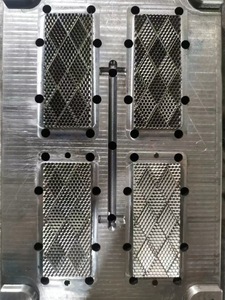



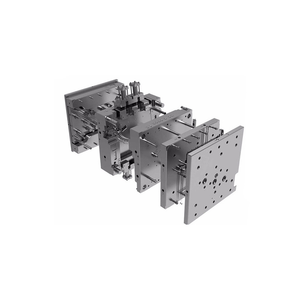

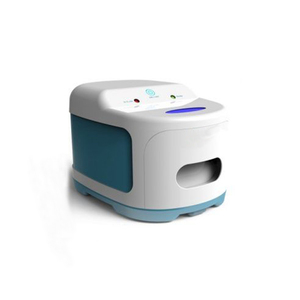




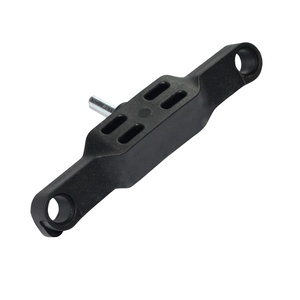

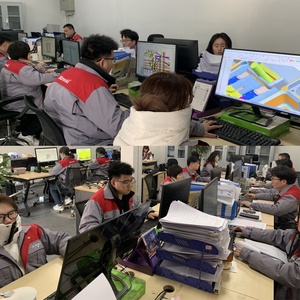

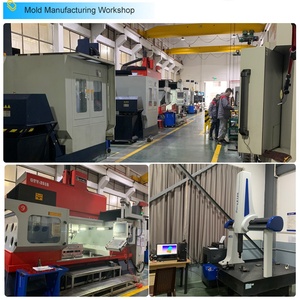

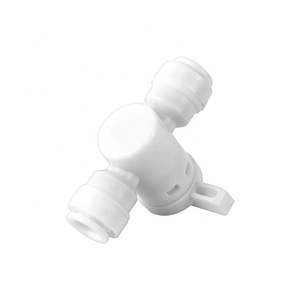




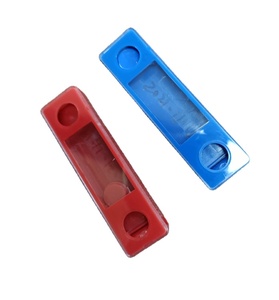
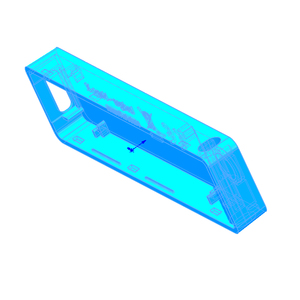




A reverse mold for injection employs various materials ranging from resin, metal, and plastic. Below is a rundown:
Resin-based Materials
silicone rubber mold utilizes synthetic resins to make the silicone rubber used for reverse molds. This material is preferred due to its excellent capability of capturing fine details and complex shapes. Silicone molds are ideal for low-volume production and prototyping, as they are easy to manufacture and relatively inexpensive compared to metal molds.
Metal Alloys
For high-volume production or when durability is a key requirement, metal silicone mold may be constructed using metal alloys such as aluminum or steel. These metals have sturdiness and heat resistance, making them appropriate for extended use in injection molding processes. Also, due to the strength of the metal mold, there is a possibility of using it with high-temperature materials.
Thermoplastics
In some cases, reverse mold might be made using thermoplastic materials like ABS or polycarbonate. These materials are utilized to make durable and flexible molds. While thermoplastic molds may not be as long-lasting as silicone or metal molds, they are lightweight and easy to modify, making them ideal for certain design needs and quick production processes.
Ceramics
Ceramic materials can be applied to produce reverse molds, especially in applications where heat resistance is necessary. They are typically used for casting metal or high-temperature plastics. Though not as frequently used in injection molding, modularized ceramics offer a precise and durable solution for specialized reverse molding.
Elastic Polymer
Elastic polymers are used to manufacture reverse molds that offer flexibility. Such flexibility allows molds to be easily removed from casts without damaging the product. This feature is particularly important for intricate designs or components with undercuts.
The reverse mold serves several purposes as highlighted below:
Prototyping
The reverse mold for injection is widely used in prototyping processes across industries. The process supports the making of precise prototypes from various materials, hence allowing designers to test the form, fit, and function of their products before setting off to mass production. This helps in the identification of potential design issues early in the development process, thus saving costs and time in the long run.
Low-Volume Production
In situations where high-volume production is not economical, reverse molds provide an affordable solution for low-volume manufacturing. Also, it allows for the production of parts in small quantities, reducing the need for expensive metal molds. This is particularly beneficial in niche markets or when producing specialized products, components, or custom designs.
Complex Geometries
Reverse molds are ideal for creating parts with complex geometries and intricate details. The flexibility of the materials, particularly silicone, enables accurate replication of detailed master components. This means that manufacturers can produce highly detailed parts that may be difficult to achieve with other manufacturing techniques.
Cost-Effective for Complex Designs
If the production quantity is small and the design is complex, using a reverse mold for injection will be more affordable than creating a custom metal mold for injection. Metal molds are labor-intensive and costly to fabricate, especially for small production runs. Reverse molds provide a practical workaround that minimizes cost and time without compromising quality.
Post-Molding Operations
Reverse molds facilitate several post-molding operations. This includes machining, surface finishing, or assembly. The initial injection-molded parts can be easily modified or treated to meet specific requirements. This flexibility is vital in industries such as aerospace and automotive, where precision and quality control are of the essence.
Injection plastic moldsare made with durability to cater to various factors. Here are some of the highlighting factors:
Material Composition
The injection reverse molds are strong and durable owing to the sturdy materials used in making them. In cases where metal molds are used, aluminum and steel offer exceptional strength and rigidity. This means that these materials can withstand the pressure and heat generated during the injection molding process, thus reducing the likelihood of warping or damage over extended use. On the other hand, silicone molds, although suitable for low-volume production, have a limited lifespan. This happens when the molds are exposed to repeated stress or high temperatures.
Heat Resistance
The durability of injection reverse molds is also tied to their ability to resist heat. Since injection molding involves the introduction of molten material to the mold, it is therefore important for the mold material to absorb heat. Metal molds have excellent heat resistance, which allows for uniform cooling and solidification. Nevertheless, silicone molds have heat retardance and may degrade faster due to prolonged exposure to high temperatures.
Wear and Tear
Accompanied with frequent use, injection molds experience wear and tear. This is such mold surfaces gradually erode due to repeated contact with molten materials. Usually, metal molds have superior wear resistance, hence making them durable for extended production runs. In contrast, silicone molds are prone to wear and tear much faster. This means that they are suitable for short-term use or producing molds with less abrasive materials.
Structural Integrity
The durability of the injection reverse mold impacts the quality and precision of the molded parts. Durable molds retain their shape and dimensional accuracy over time, ensuring consistent production. Also, sturdy materials like steel or aluminum provide durability as they maintain structural integrity after repeated cycles. On the other hand, silicone molds can exhibit slight deformations with repeated use, leading to inferior product quality.
Maintenance and Care
Maintenance practices also affect the durability of injection molds. This includes proper cleaning, storage, and inspection. Good maintenance practices help in extending the lifespan of the mold, regardless of the material used. In the case of metal molds, corrosion prevention techniques are critical. This is because they are prone to rust if not properly maintained. On the other hand, silicone molds need to be cleaned gently to avoid compromising their elastic properties.
When choosing the reverse mold for resin injection, there are several factors to consider. Below are some of the factors to reflect on when choosing:
Mold Material
Mold material is a crucial factor to consider since it directly impacts the durability, detail reproduction, and overall production capabilities. For instance, silicone is normally used to make silicone molds, which are preferred for short production runs and complex designs due to their flexibility and ease of use. On the other hand, metal molds, which include steel or aluminum, offer greater durability and are ideal for long production runs, though they are more expensive and take a longer time to manufacture.
Product Design Complexity
One of the key purposes of a reverse injection mold is to replicate a certain product design. This is why industry pros recommend molds that have a less complex design in the early stages of production. Molds with complex details and undercuts may be challenging, especially when using certain materials. That is why it is advisable to assess the mold material's ability to capture fine details. Ideally go for a material that can adequately handle the intricacy of the intended product.
Mold Volume
The volume of production intended will highly affect the choice of mold. If there is a high demand for a certain product, then metal molds are ideal to go for. They are durable and offer more precision and are ideal for large production runs. On the other hand, silicone molds will do well for low production volume since they are cost-effective and easy to manufacture. Also, they provide greater flexibility, making them suitable for prototyping or small batch production.
Material Compatibility
It is equally important to consider the compatibility of the reverse mold with the injection materials to be used. Various molds work for specific materials, meaning that the proper material choice will ensure quality production. Generally, silicone molds work for low-viscosity thermoplastics. Metal molds are ideal for high-viscosity materials since they can withstand the heat and pressure that comes with such materials.
Cost Considerations
Cost is another factor to reflect on when making any business decision. Regarding molds, silicone molds are less expensive and thus a good option during prototyping. Also, for low-volume production, these molds are relatively low-cost, making them ideal for the initial phases of product development. On the other side, while metal molds have a high initial cost, they are more cost-effective over time if production volumes are high. Also, they provide greater durability and precision. Therefore weighing the long-term costs and short-term expenses will aid in making an informed decision.
A1. This is a type of mold used in injection molding processes where the mold cavity is created from a master pattern, usually by applying a liquid material that solidifies into a mold. Often, this pattern is the opposite of the final product. Also, it's used for creating parts with complex shapes and fine details.
A2. The materials commonly used are silicone, metal, and elastic polymers. Each of these materials comes with its own unique set of benefits. For instance, silicone is ideal for low-volume production and prototyping thanks to its flexibility. On the other hand, metal offers greater durability for high-volume runs, while elastic polymers provide the necessary flexibility for intricate designs.
A3. The lifespan of a reverse mold largely depends on the material used, the production volume, and how well the mold is maintained. Silicone molds, typically used for low to medium volumes, may last anywhere from a few hundred to a few thousand cycles. On the other hand, metal molds, specifically those made from steel or aluminum, can last much longer, often up to several tens of thousands of cycles, especially when used in high-volume production.
A4. Proper maintenance extends the lifespan of the mold. Maintenance methods include regular cleaning to remove residue, proper cooling, and inspection for wear and tear. Also, storing the mold in a dry, controlled environment will help prevent deterioration and ensure it remains in good condition for future uses. Lastly, applying mold release agents as per requirement also helps in mold maintenance.